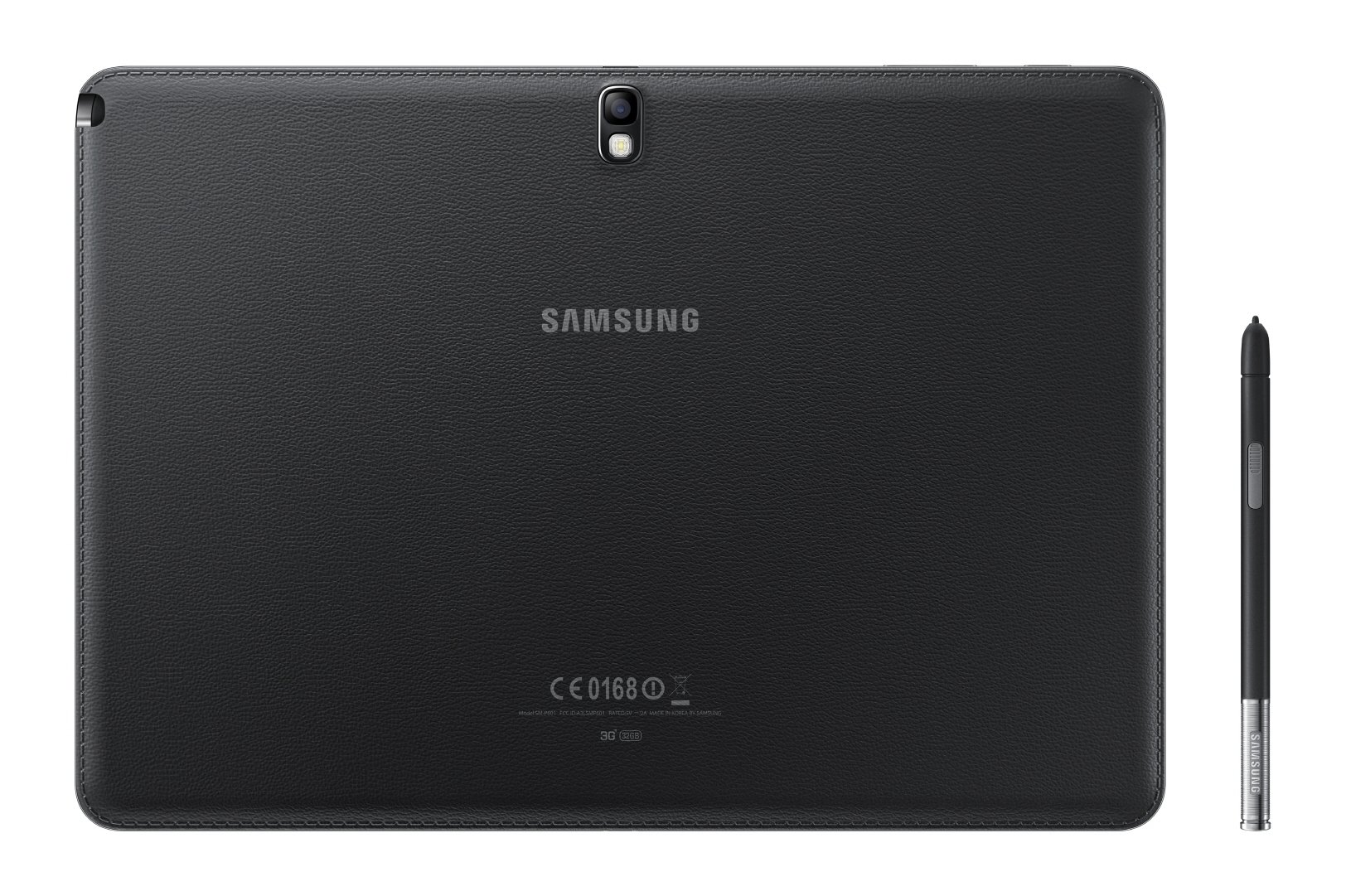

You can now swap apps (chosen from an increased, but still very small pool) in and out from the tray, and the Task Manager, which lets you kill apps and clear the RAM, is still the most useful app in the tray. Along with TouchWiz comes the only reason for the UI to exist, in my opinion: the mini apps tray, now upgraded to support limited customization. Thankfully, Samsung toned down the oppressively Fisher-Price-ian look, giving a more natural, quieter aesthetic. If you're familiar with Samsung tablets, the inclusion of the company's custom UI, TouchWiz, on the Note 10.1 will probably not shock you. Samsung says the tablet will be upgraded to the new OS in 2012, however.
#GALAXY NOTE 10.1 TABLET ANDROID#
The Note 10.1 ships with Android 4.0.4, the latest version of the OS before Jelly Bean (version 4.1). The tablet is fairly light and comfortable to hold and while it does feel like smooth plastic, it doesn't feel unpleasantly plasticky or cheap. On the bottom edge are the dock connector and a microphone pinhole. The top edge holds a power button, a volume rocker, a microSD slot (supporting cards of up to 64GB), an IR blaster, and a headphone jack. Directly opposite, on the back, is a 5-megapixel LED flash-supported camera (up from 3 megapixels on previous Galaxy Tabs). Speakers grace the right and left bezel and the top bezel sports a 1.9-megapixel camera that sits right next to an ambient light sensor. Aesthetically, the tablets are nearly identical, with only a few physical differences to speak of: the Note 10.1 comes in a white model and a black model (as opposed to only gray), sports a wider bezel, is a bit thinner, and weighs slightly more than the Tab 2 10.1. If you've ever held the Samsung Galaxy Tab 2 10.1 in your hands, then you'll have a good idea of what to expect from the Galaxy Note 10.1.


 0 kommentar(er)
0 kommentar(er)
